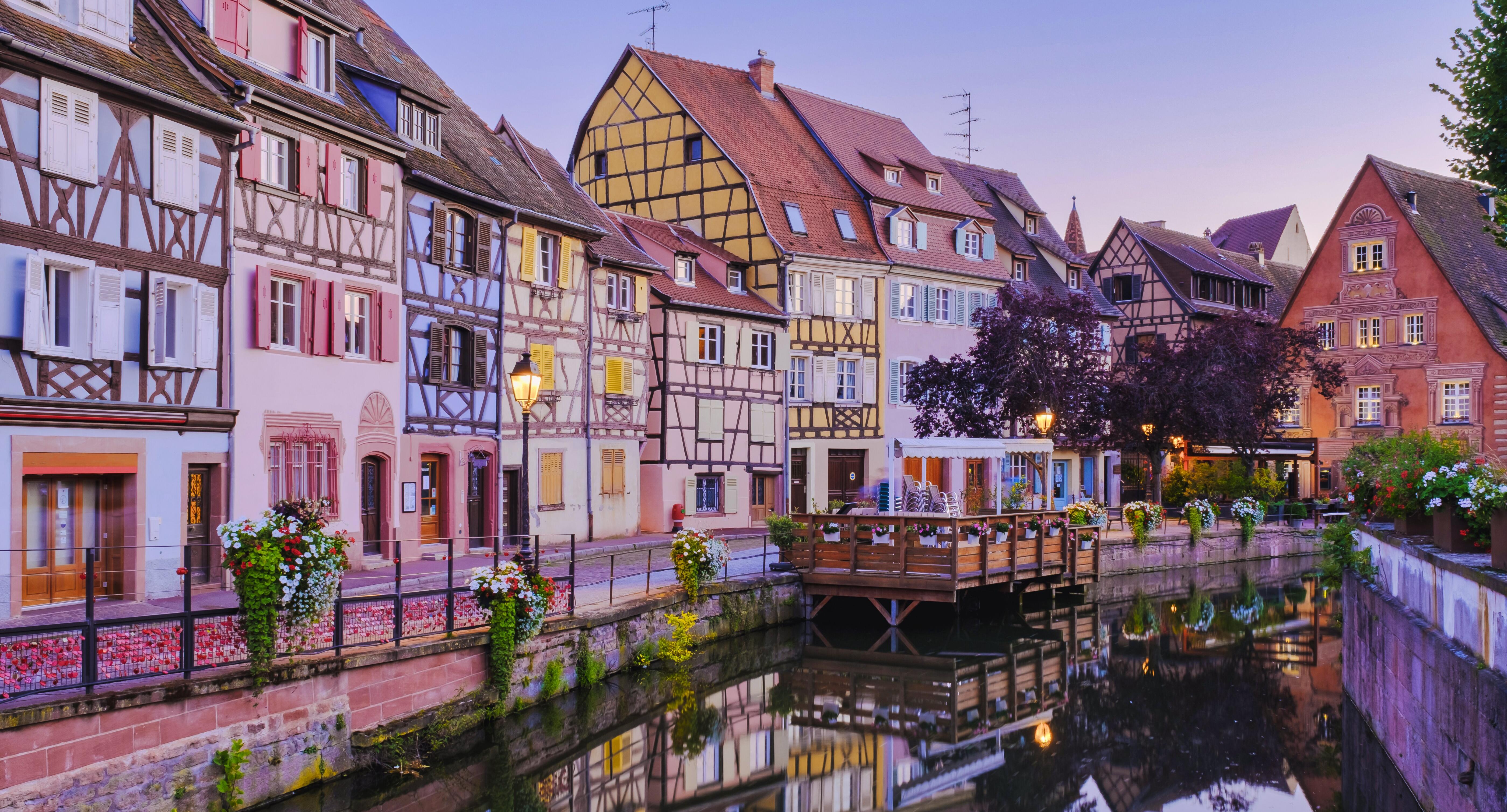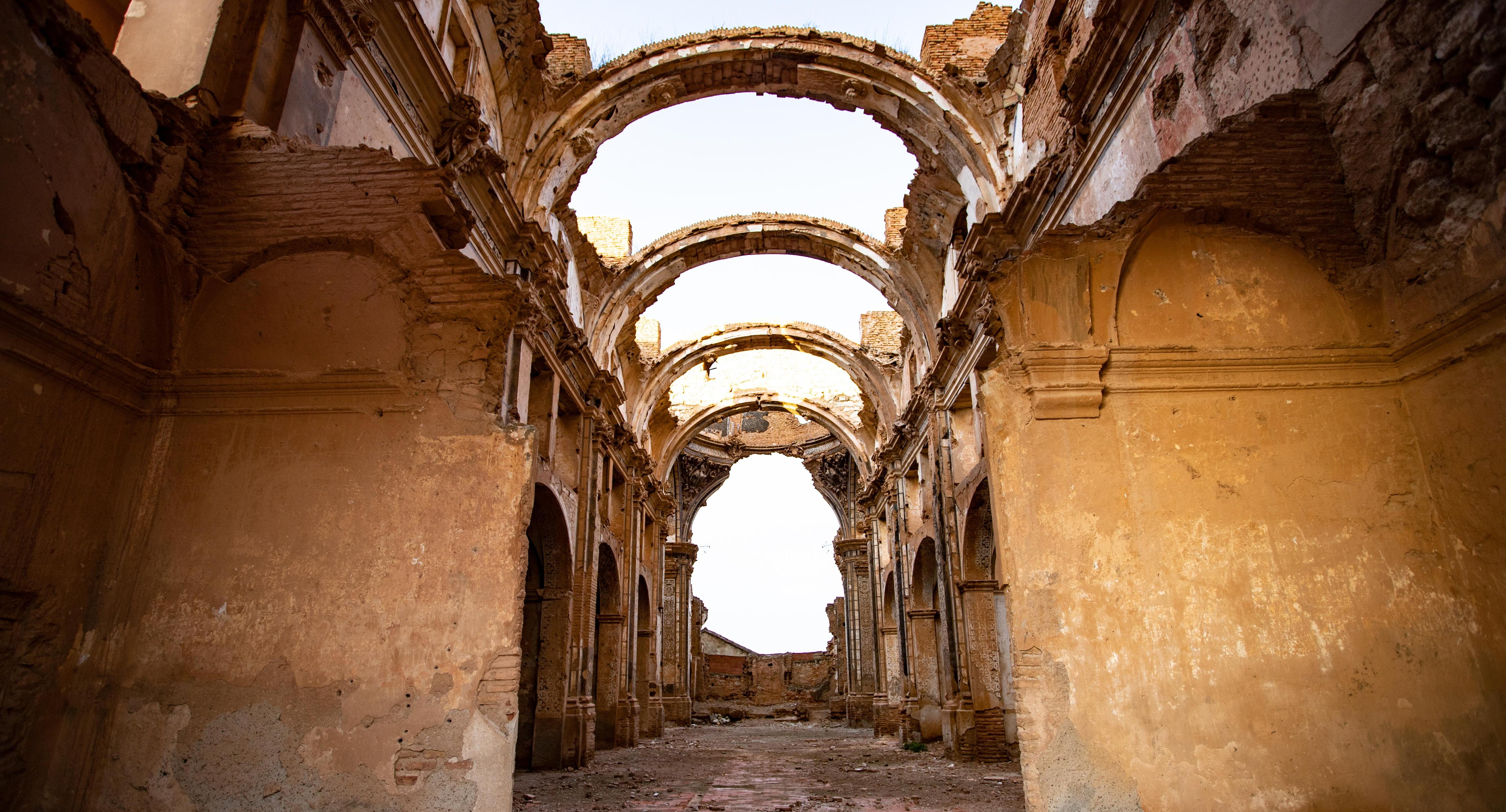11 Stunning Train Stations That Look More Like Cathedrals
Train stations are much more than mere transit points; they are gateways to adventure, symbols of progress, and, in some instances, architectural masterpieces that echo the grandeur of cathedrals. The world’s most breathtaking train stations are not only functional spaces but also awe-inspiring works of art that blend history, culture, and innovation. This article explores 11 such stations, each resembling majestic cathedrals in their design and presence. From the soaring arches to the intricate details, these structures invite travelers to pause and marvel at their beauty. They stand as testaments to human creativity and serve as reminders that the journey is as important as the destination. Join us as we embark on a journey through these magnificent stations, each with its own story and splendor, inviting us to appreciate the artistry in travel.
1. Antwerp Central Station: A Jewel of Belgium
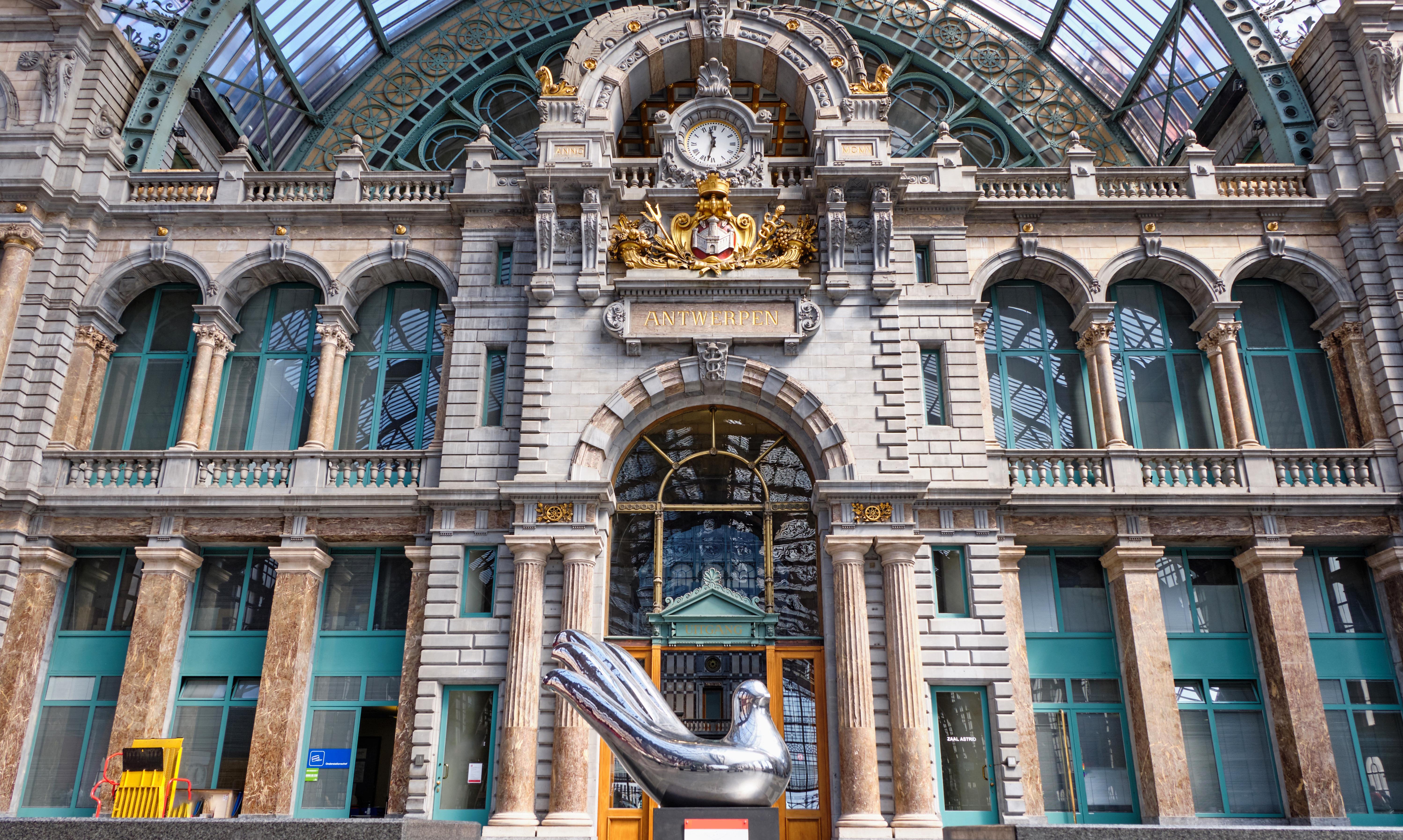
Antwerp Central Station, often referred to as the "Railway Cathedral," is a stunning example of architectural brilliance. Constructed between 1895 and 1905, this Belgian masterpiece combines elements of Gothic, Renaissance, and Baroque styles. The station's grand dome and intricate iron and glass vaulted ceiling create a sense of awe akin to entering a grand cathedral. The facade, adorned with ornate stonework and sculptures, tells stories of Belgium's rich history. Antwerp Central is not merely a place for boarding trains; it is a cultural landmark that reflects the city's artistic heritage. Its recent renovations have preserved its historic charm while incorporating modern amenities, ensuring it remains a functional yet inspiring space for travelers. The station's blend of old-world elegance and modern functionality exemplifies how architecture can transcend time, offering a space where past and present converge seamlessly.
2. St. Pancras International: London’s Gothic Revival

St. Pancras International in London is a marvel of Victorian Gothic architecture. Originally opened in 1868, the station was designed by Sir George Gilbert Scott, who infused it with a sense of grandeur and elegance. The red-brick facade, towering spires, and ornate detailing evoke the essence of a Gothic cathedral. Inside, the vast train shed, with its sweeping iron and glass roof, creates a light-filled space that feels both sacred and welcoming. This station has played a crucial role in connecting London with continental Europe, especially with the advent of the Eurostar service. The 21st-century restoration preserved its historic elements while introducing modern facilities, making it a hub of transportation and culture. St. Pancras International stands as a testament to the enduring power of Gothic architecture, offering travelers a majestic gateway to the city.
3. Grand Central Terminal: New York’s Beaux-Arts Masterpiece

Grand Central Terminal in New York City is a Beaux-Arts masterpiece that captures the spirit of early 20th-century America. Opened in 1913, the terminal's grand concourse, with its celestial ceiling mural, evokes the grandeur of a cathedral. The station's design, by architects Reed and Stem and Warren and Wetmore, emphasizes symmetry, opulence, and classical proportions. Grand Central is not just a transportation hub; it is a cultural icon that has appeared in countless films and books, symbolizing the hustle and bustle of New York City. Its preservation and restoration efforts have maintained its architectural integrity while adapting to modern needs. The terminal's unique blend of history, art, and functionality makes it a must-visit for anyone exploring the architectural wonders of the city. Grand Central Terminal is a reminder of the golden age of rail travel and the enduring allure of timeless design.
4. Gare de Lyon: Parisian Elegance and Artistry
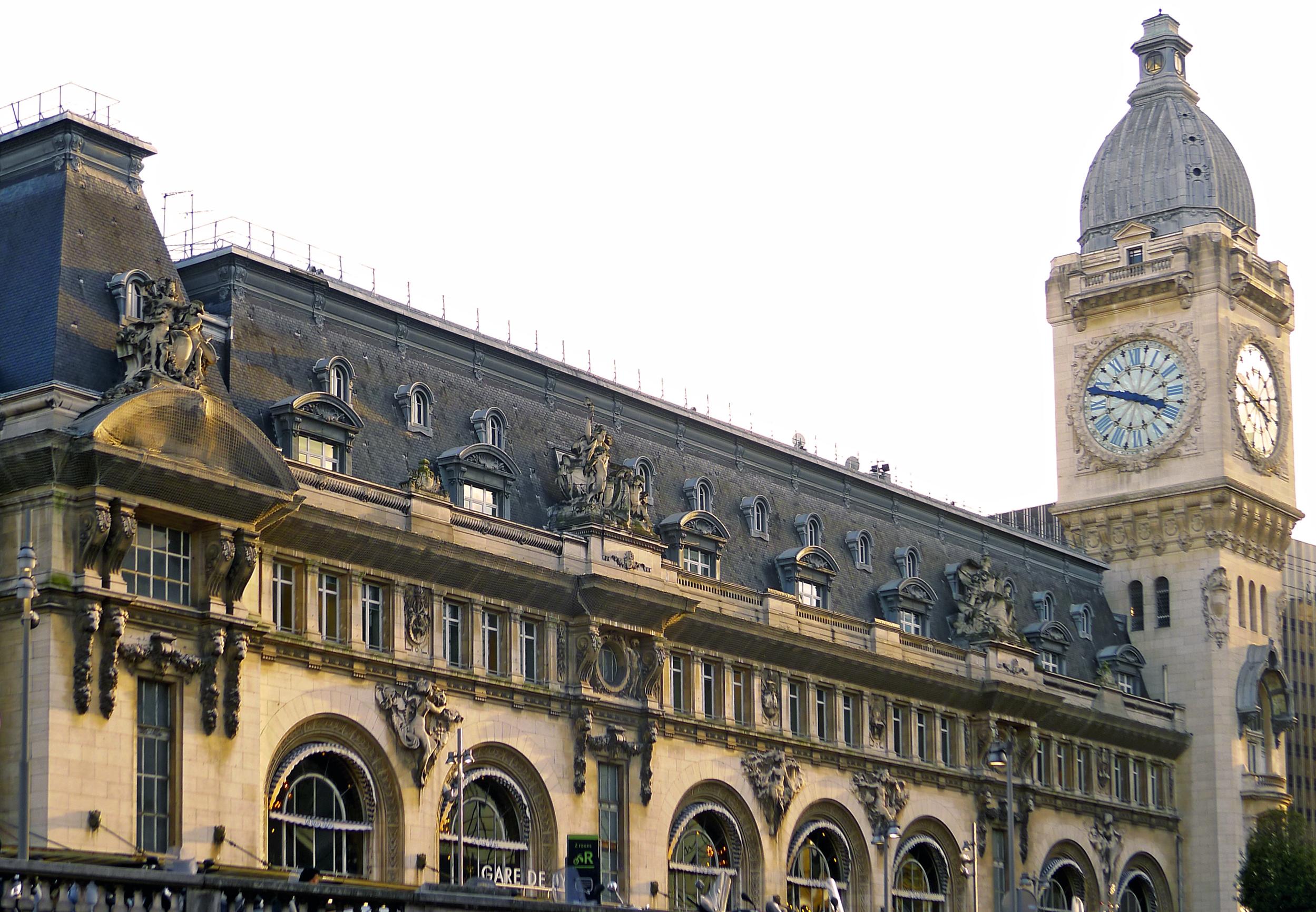
Gare de Lyon in Paris is a testament to French elegance and artistry. Opened in 1900 for the Exposition Universelle, the station showcases the grandeur of Belle Époque architecture. The iconic clock tower and ornate facade resemble a cathedral, inviting travelers to explore its artistic treasures. Inside, the lavish Le Train Bleu restaurant, with its opulent decor and frescoes, offers a glimpse into the past, where luxury and travel went hand in hand. Gare de Lyon serves as a vital link between Paris and the south of France, embodying the romance of train travel. Its architectural beauty and historical significance make it a beloved landmark in the city. The station's ability to blend functionality with artistic expression highlights the importance of aesthetics in public spaces, offering a serene yet grand environment for travelers.
5. Chhatrapati Shivaji Maharaj Terminus: India’s Architectural Gem
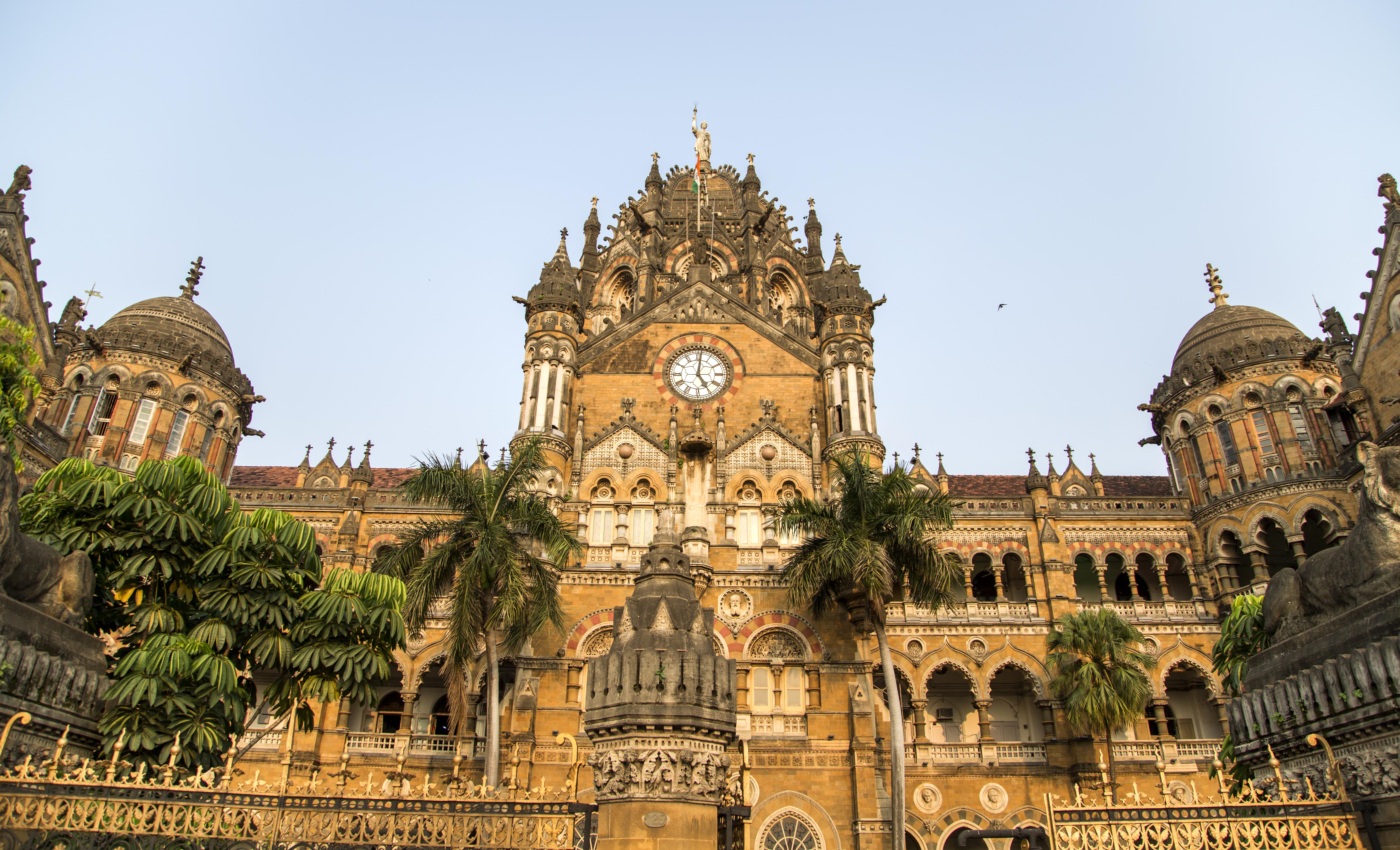
Chhatrapati Shivaji Maharaj Terminus in Mumbai, formerly known as Victoria Terminus, is a UNESCO World Heritage Site and a stunning example of Victorian Gothic Revival architecture. Designed by British architect Frederick William Stevens, the station opened in 1887 to commemorate Queen Victoria's Golden Jubilee. Its design incorporates elements of traditional Indian architecture, creating a unique fusion that resembles a grand cathedral. The station's turrets, pointed arches, and intricate stone carvings evoke a sense of majesty and cultural richness. As one of India's busiest railway stations, it serves as a vital transportation hub while standing as a symbol of Mumbai's colonial past and vibrant present. The station's architectural grandeur and historical significance make it a must-visit for anyone interested in the intersection of history, culture, and design.
6. Helsinki Central Station: Finland’s National Treasure
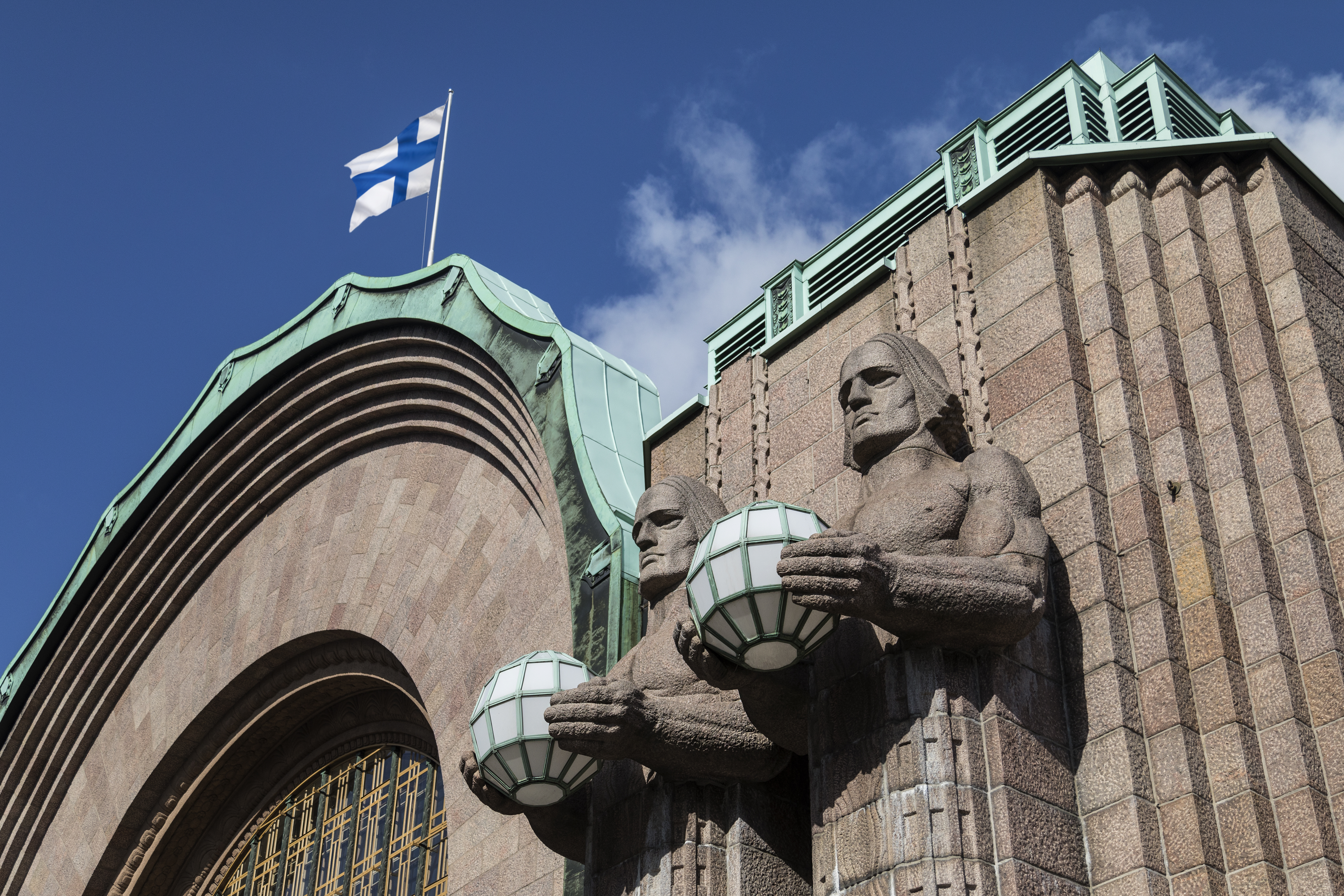
Helsinki Central Station is a national treasure of Finland, known for its striking Art Nouveau architecture. Designed by Eliel Saarinen and completed in 1919, the station is characterized by its monumental granite facade, clock tower, and distinctive statues known as the "Lantern Carriers." The interior, with its high ceilings and elegant details, creates a serene and welcoming atmosphere reminiscent of a cathedral. Helsinki Central is not only a transportation hub but also a cultural landmark that hosts events and exhibitions, reflecting the city's commitment to art and community. The station's design emphasizes functionality and beauty, offering a space where travelers can experience the harmony of architecture and nature. Its enduring appeal and significance in Finnish culture make it a beloved icon and a testament to the power of thoughtful design.
7. Kanazawa Station: Japan’s Fusion of Tradition and Modernity
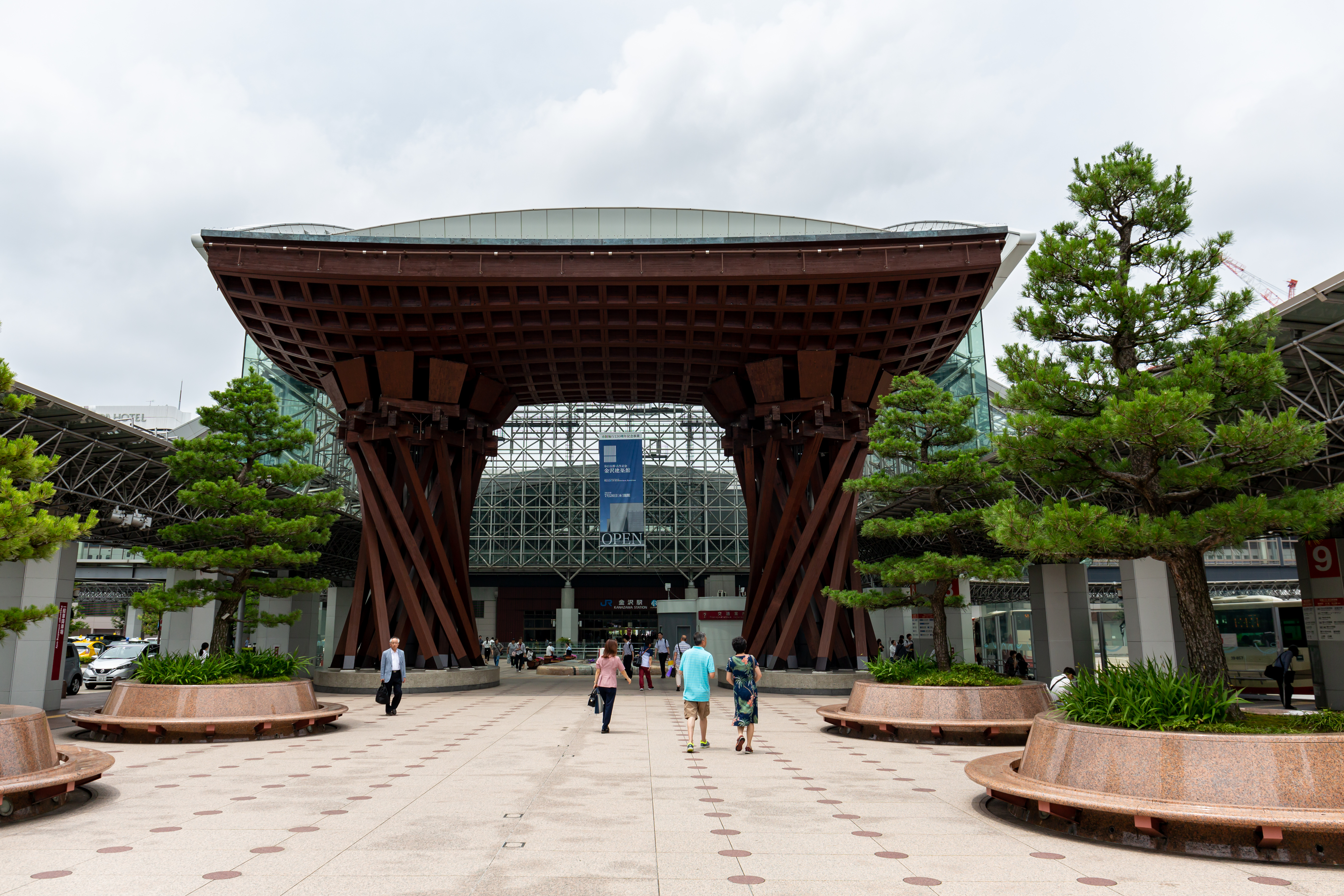
Kanazawa Station in Japan is a stunning example of how traditional and modern design can coexist harmoniously. The station's most iconic feature is the Tsuzumi Gate, inspired by traditional Japanese hand drums, which serves as a grand entrance reminiscent of a temple or shrine. The Motenashi Dome, a massive glass and steel structure, creates a light-filled space that welcomes travelers with open arms. Kanazawa Station reflects the city's rich cultural heritage while embracing contemporary design, offering a space that feels both sacred and innovative. The station's commitment to blending tradition with modernity highlights the importance of cultural preservation in a rapidly changing world. As a gateway to the historic city of Kanazawa, the station invites travelers to explore its artistic treasures and natural beauty, serving as a symbol of the city's past and future.
8. São Bento Station: Portugal’s Artistic Marvel
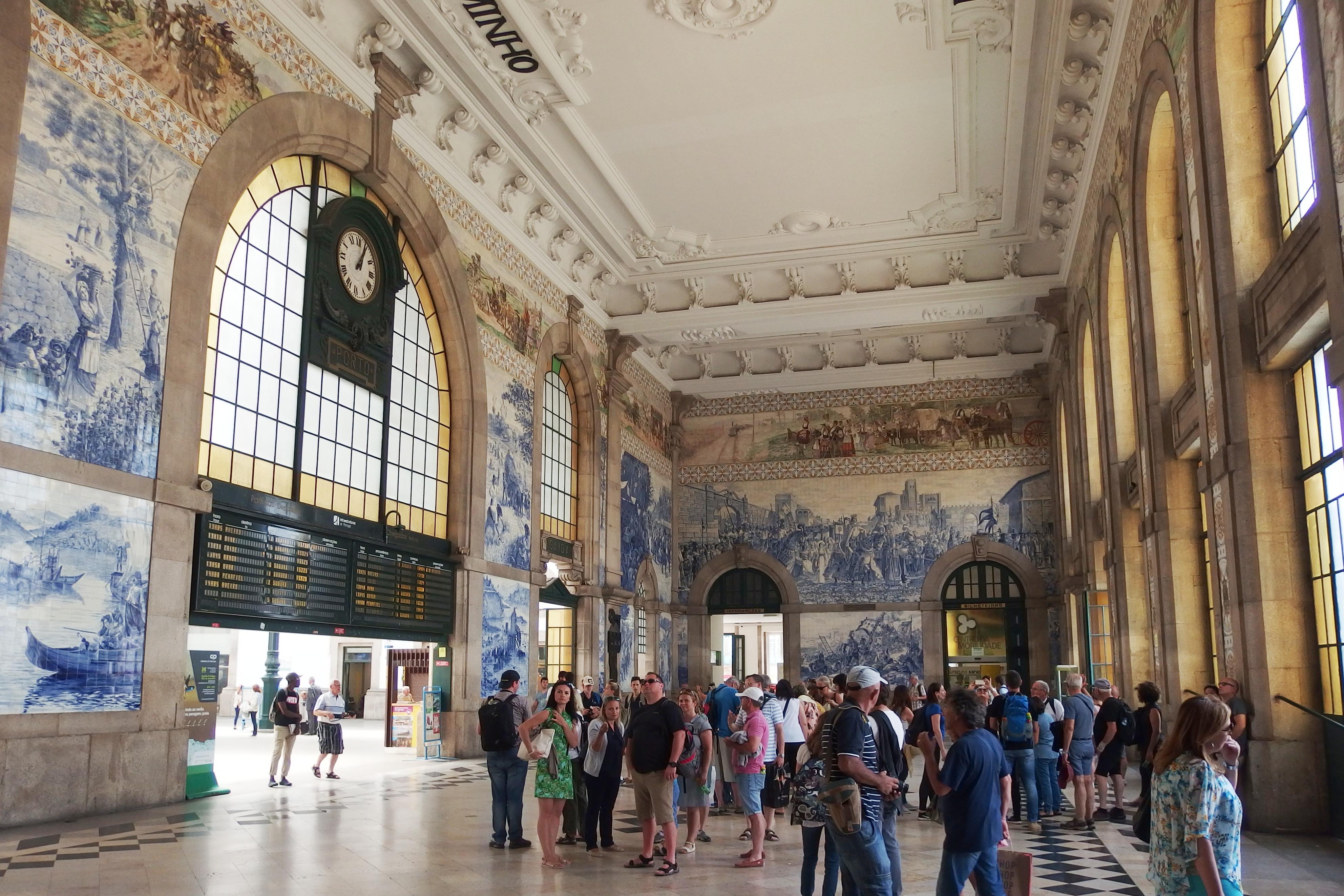
São Bento Station in Porto, Portugal, is renowned for its stunning azulejo tilework, which transforms the station into a work of art. Opened in 1916, the station's interior features over 20,000 hand-painted tiles depicting scenes from Portuguese history and culture. The intricate blue and white tiles create a sense of grandeur and storytelling reminiscent of a cathedral's stained glass windows. São Bento is not just a transportation hub; it is a cultural landmark that celebrates Portugal's artistic heritage. The station's ability to blend functionality with artistic expression makes it a unique and inspiring space for travelers. Its rich history and architectural beauty invite visitors to pause and appreciate the artistry that surrounds them, offering a glimpse into the soul of Porto.
9. Estación de Madrid Atocha: Spain’s Tropical Oasis
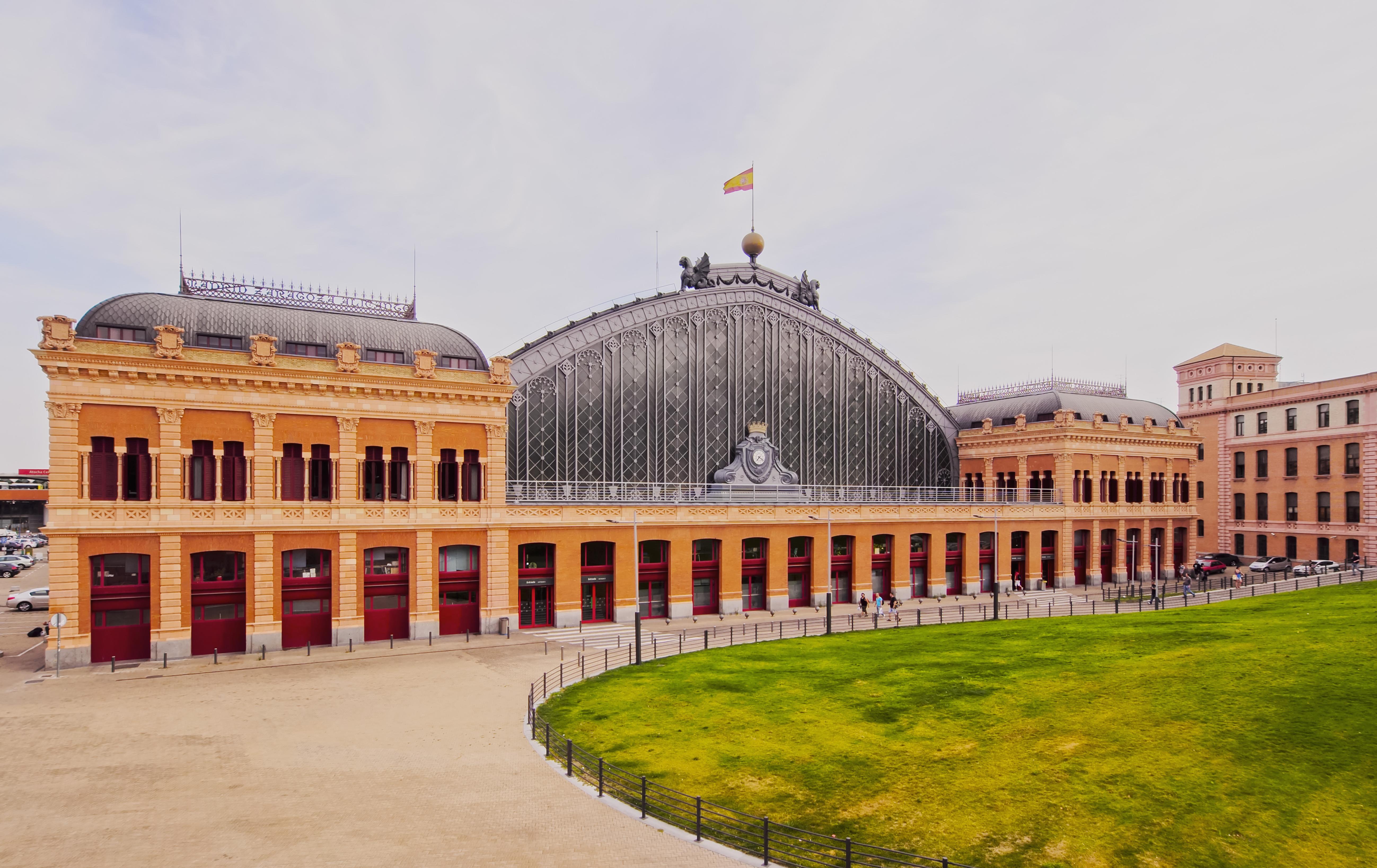
Estación de Madrid Atocha is Spain's largest railway station and a tropical oasis in the heart of Madrid. The station's historic section, designed by Alberto de Palacio, features a stunning iron and glass canopy that resembles a cathedral nave. Inside, a lush tropical garden with over 7,000 plants creates a serene and enchanting atmosphere, offering travelers a moment of tranquility amidst the hustle and bustle. Atocha's blend of historical architecture and natural beauty makes it a unique and captivating space. The station's commitment to creating a harmonious environment highlights the importance of incorporating nature into urban design. As a major transportation hub, Atocha connects Madrid with the rest of Spain and beyond, serving as a gateway to the country's rich cultural and natural treasures.
10. Milan Central Station: Italy’s Grand Portal
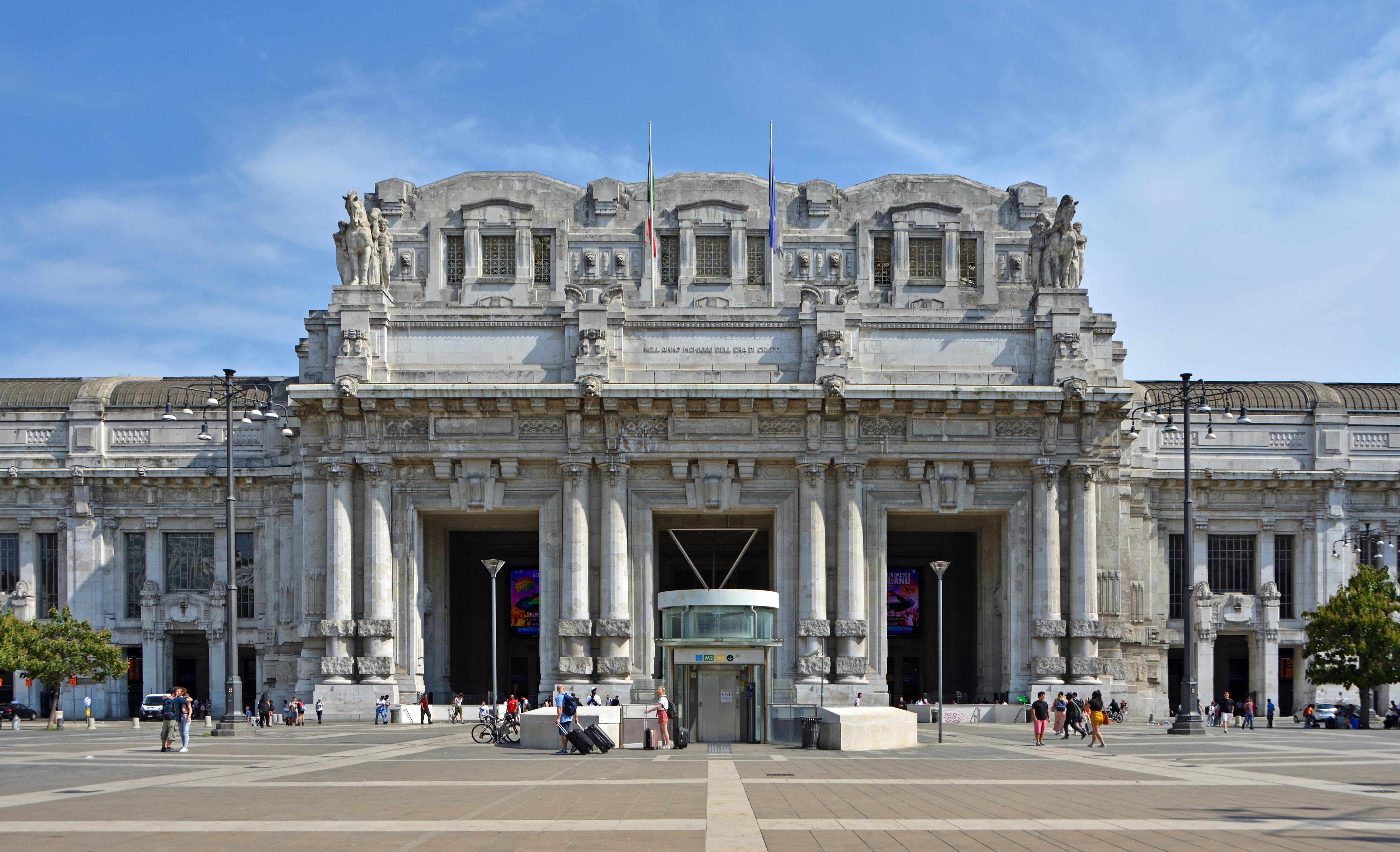
Milan Central Station is a grand portal to Italy, known for its monumental architecture and elegant design. Opened in 1931, the station's facade features towering columns, intricate sculptures, and Art Deco details that evoke the grandeur of a cathedral. The vast interior, with its high ceilings and expansive halls, creates a sense of awe and majesty. Milan Central is not just a transportation hub; it is a cultural icon that reflects the city's status as a fashion and design capital. The station's architectural beauty and historical significance make it a must-visit for anyone exploring Italy's artistic heritage. Its ability to blend functionality with artistic expression highlights the importance of aesthetics in public spaces, offering a grand and inspiring environment for travelers.
11. Liège-Guillemins Station: Belgium’s Modern Marvel
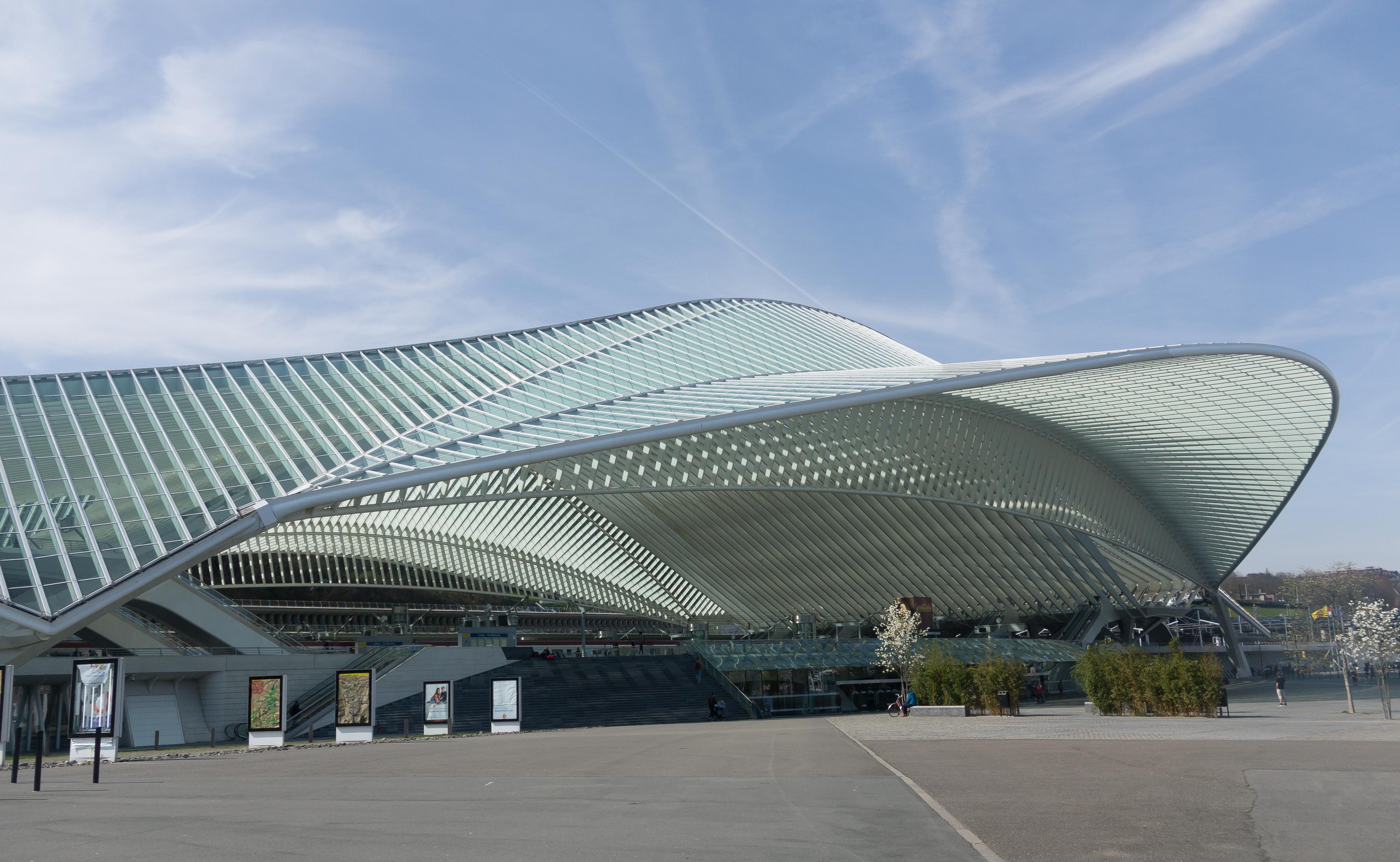
Liège-Guillemins Station in Belgium is a modern marvel of architecture, designed by the renowned architect Santiago Calatrava. Opened in 2009, the station's sweeping curves and transparent roof create a light-filled space that feels both futuristic and sacred. The station's design emphasizes openness and fluidity, offering travelers a sense of freedom and movement. Liège-Guillemins is not just a transportation hub; it is a cultural landmark that reflects the city's commitment to innovation and design. The station's ability to blend modernity with artistic expression makes it a unique and inspiring space for travelers. Its architectural beauty and significance in Belgian culture make it a beloved icon and a testament to the power of visionary design.
The Timeless Allure of Architectural Masterpieces
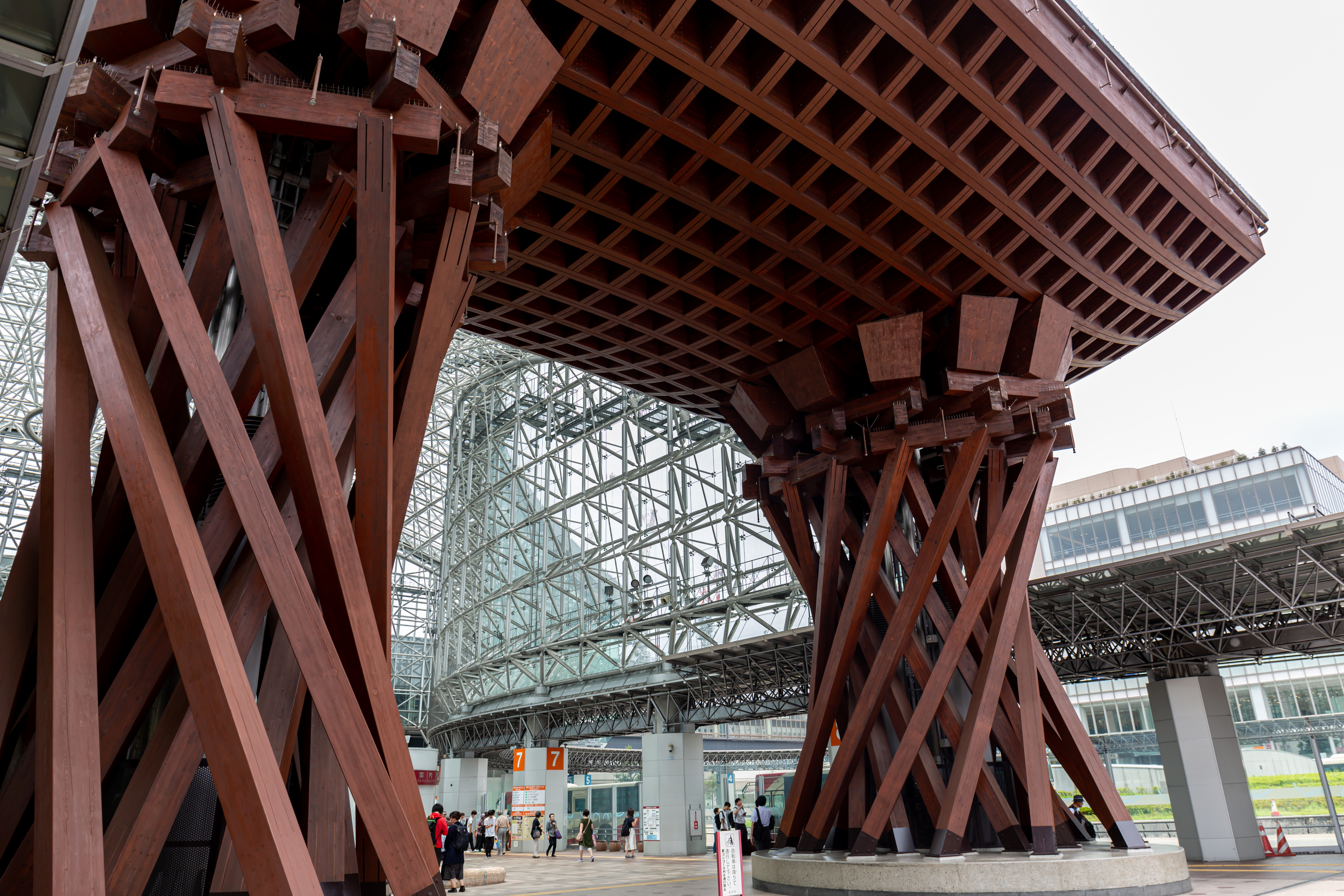
As we conclude our journey through these breathtaking train stations, it becomes evident that architecture has the power to transform ordinary spaces into extraordinary experiences. Each station, with its unique design and cultural significance, offers a glimpse into the soul of its city and country. These architectural masterpieces invite us to pause, reflect, and appreciate the artistry that surrounds us in our daily lives. They remind us that travel is not just about reaching a destination but also about experiencing the beauty and wonder along the way. As we continue to explore the world, may we always find inspiration in the majestic cathedrals of travel that stand as testaments to human creativity and ingenuity.




